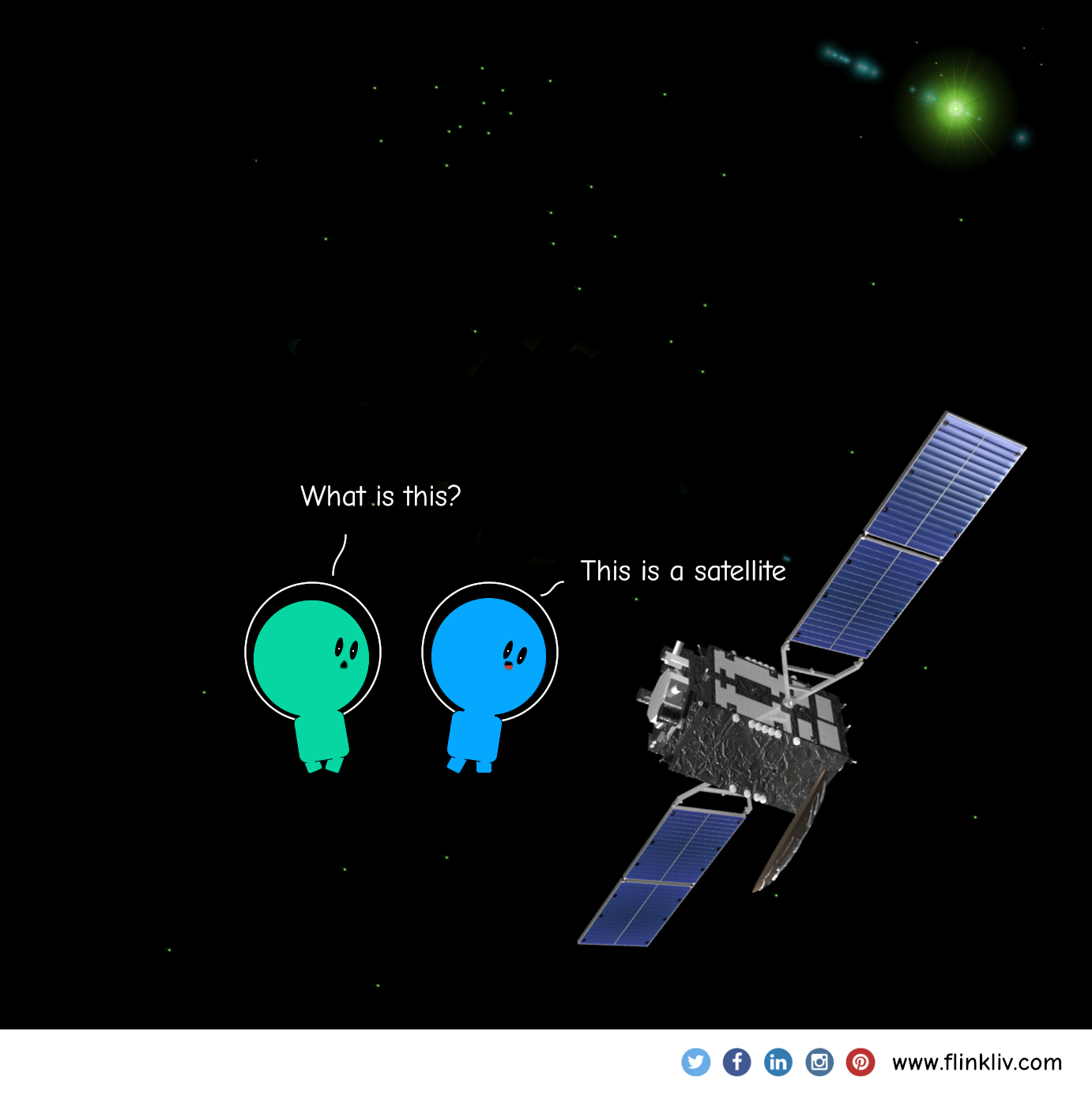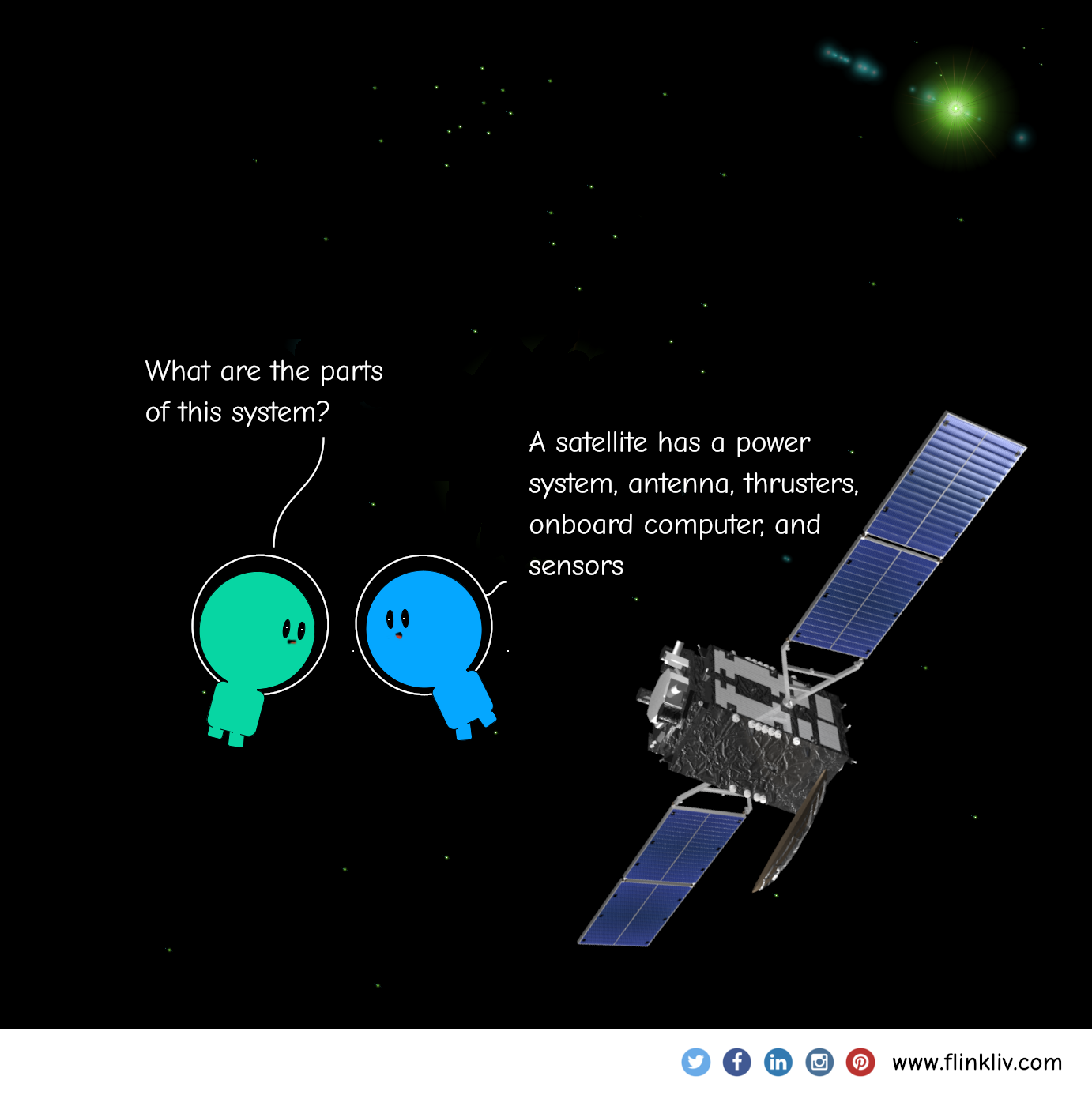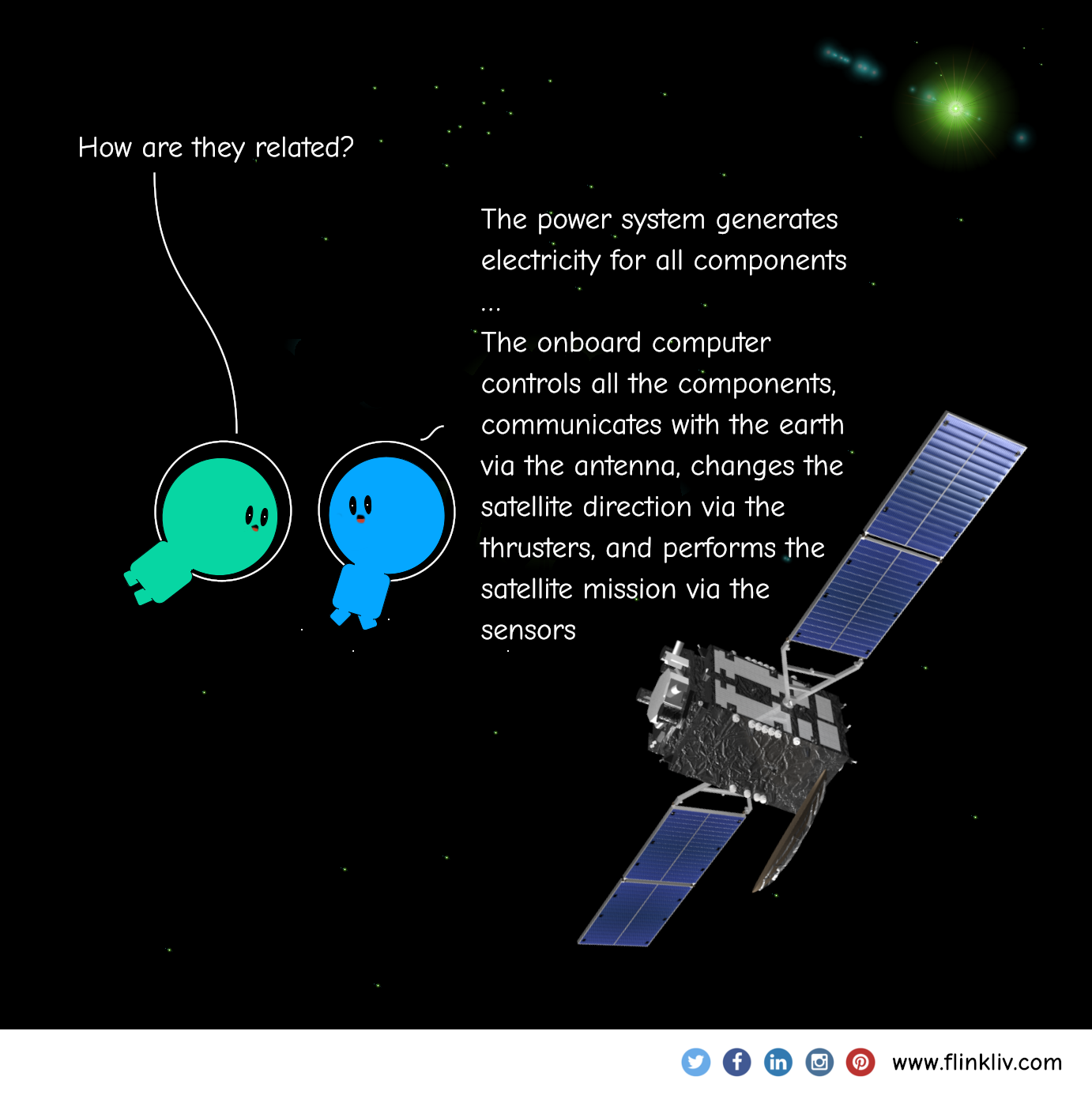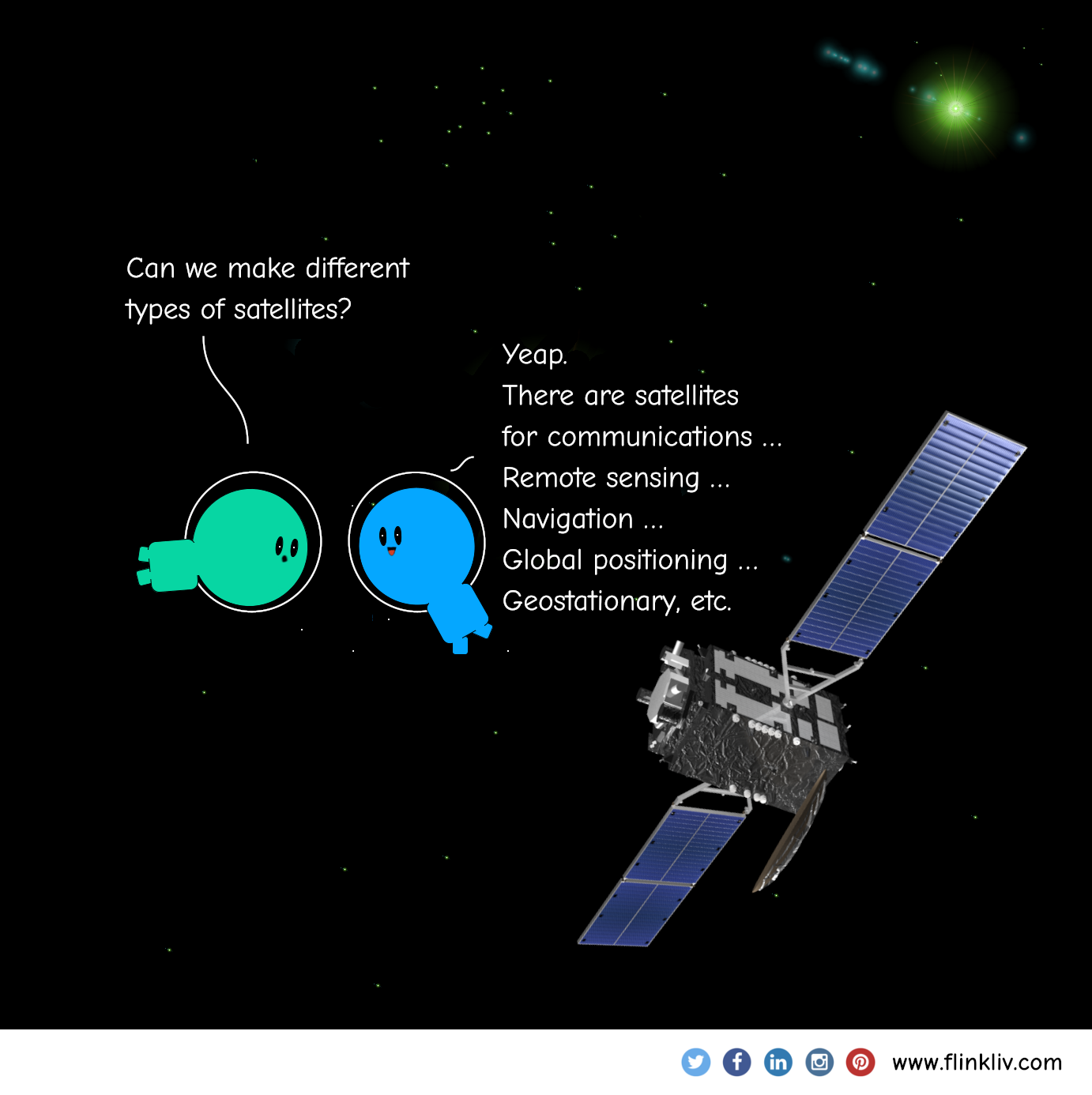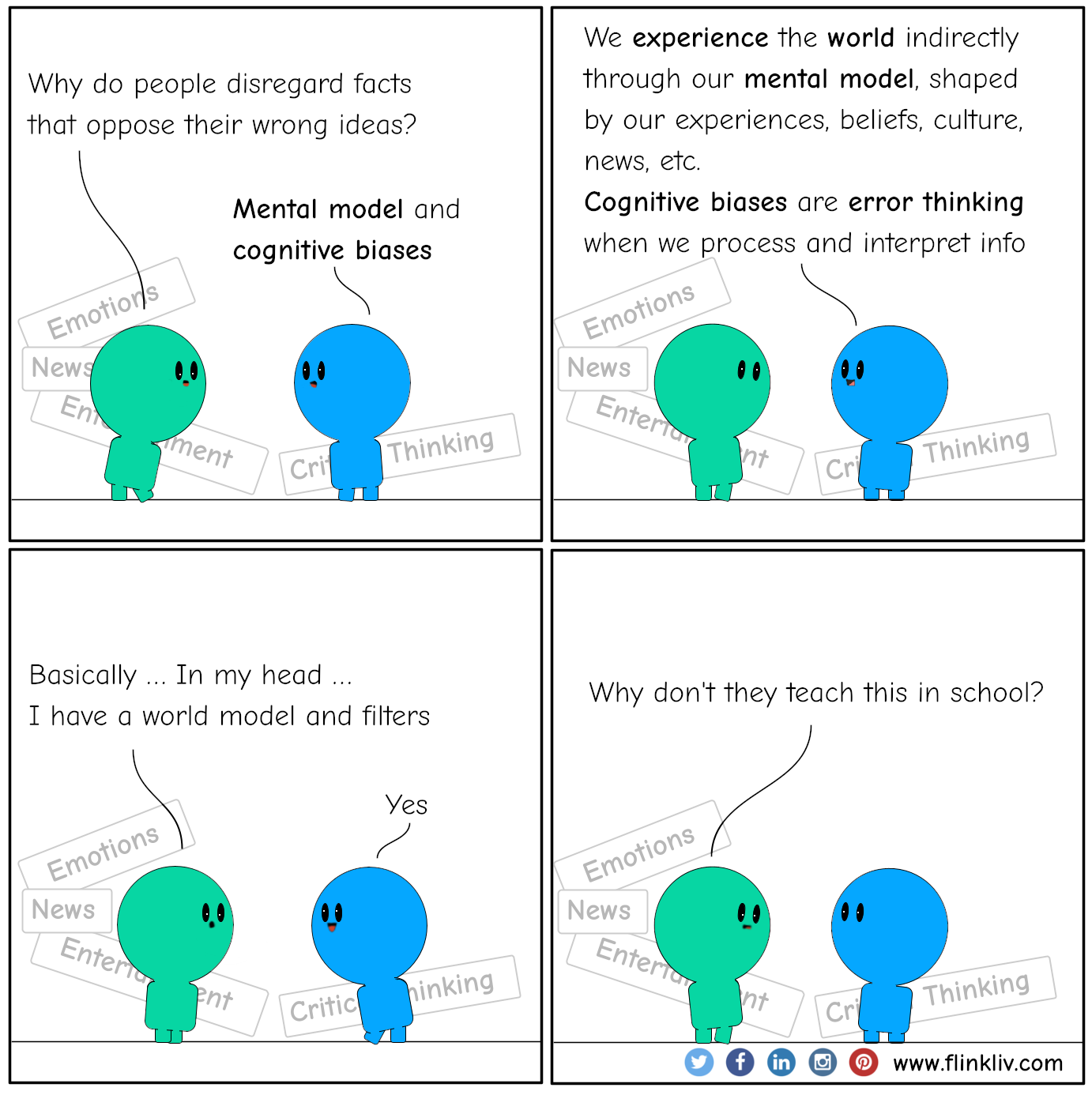Systems Thinking
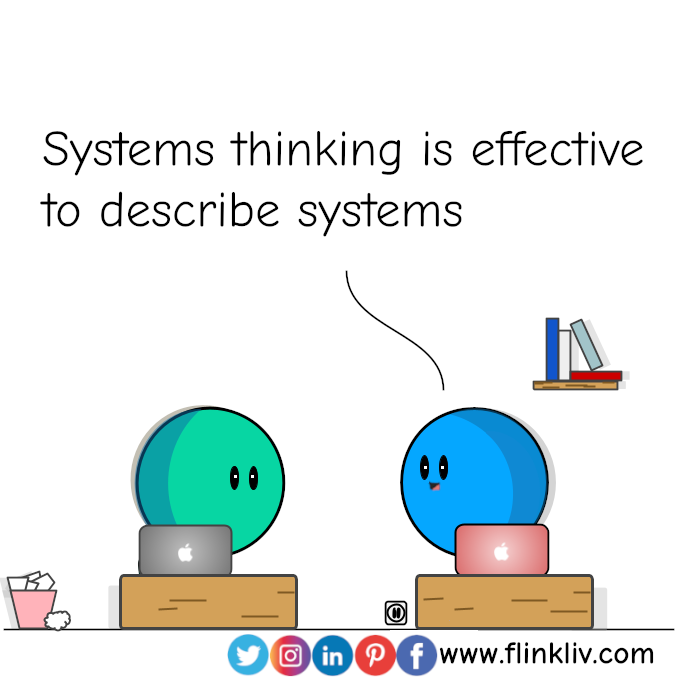
Why do you need to learn systems thinking?
Systems thinking is an effective process of describing systems.
Systems thinking helps us to see the big picture, such as overall structures and patterns.
Systems thinking allows us to identify the real causes of problems in systems and organizations.
Systems thinking helps us to redesign existing systems and create new systems.
What is systems thinking?
Systems thinking is a holistic approach to understanding how parts of a system interrelate and influence each other within a larger context. It uses a four-step process: distinctions (identifying what is and isn't), systems (identifying parts), relationships (understanding connections), and perspectives (viewing from different angles).
The process is in four simple phases:
- Distinctions: differentiate between and among systems, organizations, structures, or ideas. Use the following questions in this phase: What is …? What is not …?
- Systems: identify elements, parts, subsystems, or ideas within a system, organization, structure, or idea. Use the following question in this phase: What are the parts of this …?
- Relationships: understanding relationships among elements, parts, subsystems, or ideas. Use the following questions in this phase: What is the relationship between these parts? How can this part affect that part?
- Perspectives: looking at the system from a different point of view and angles. Use the following question in this phase: Can we see … from a different point of view?
Here are examples to improve your systems thinking process:
